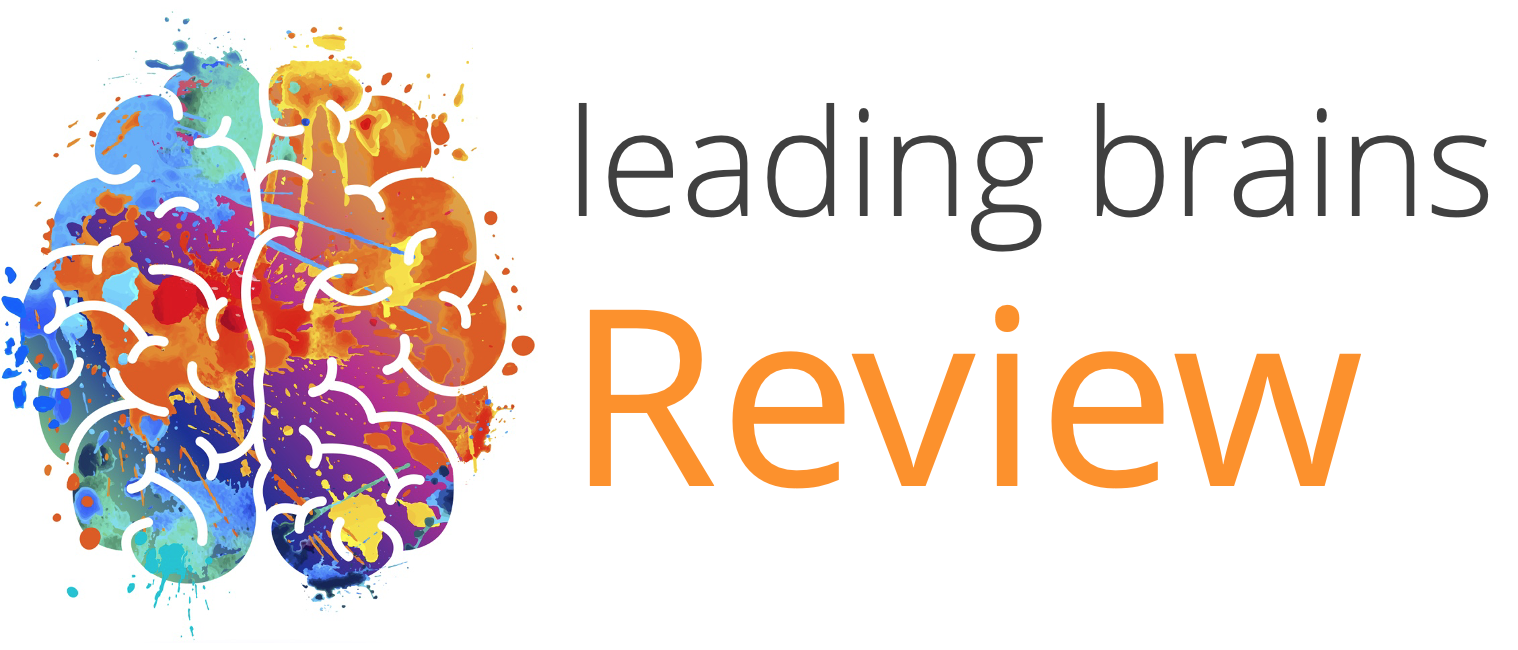Quick Hits
Daily brief research updates from the cognitive sciences

Yes, meditation can help with pain by changing your experience of it. I reported on that here. Another piece of research just published shows that how experienced meditators and novice meditators and their brains deal with pain slightly differently.
Joseph Wielgosz of the University of Wisconsin-Madison and Tor Wager, a neuroscientist at Dartmouth College, tried to identify signatures in the brain of pain and how this changes with mindfulness training.
They did this by recruiting participants undergoing an eight-week mindfulness training at the university. Pain was measured by a standardised process of applying heat to the arm. What they noticed is that in those undergoing mindfulness training signals related to the intensity of pain were reduced. That is a good thing.
However, what was intriguing is that they noticed that in those who had undergone more training and were more experienced meditators that peripheral messaging in the brain was different. That is pathways that seem to deal with attention and expectation were activated differently.
So, it seems that more experienced meditators’ brains deal with pain responses differently to novices. But of note is that in both groups pain was reduced through meditative techniques – and that is in itself a good sign and one that has been supported by other research.
Therefore, if you are in pain, do consider meditation as a viable route to pain management. With mostly positive side effects.

Andy Habermacher
Andy is author of leading brains Review, Neuroleadership, and multiple other books. He has been intensively involved in writing and research into neuroleadership and is considered one of Europe’s leading experts. He is also a well-known public speaker, speaking on the brain and human behaviour.
Andy is also a masters athlete (middle distance running) and competes regularly at international competitions (and holds a few national records in his age category).
Reference
Joseph Wielgosz, Tammi R.A. Kral, David M. Perlman, Jeanette A. Mumford, Tor D. Wager, Richard J. Davidson.
Neural Signatures of Pain Modulation in Short-Term and Long-Term Mindfulness Training: A Randomized Active-Control Trial.
American Journal of Psychiatry, 2022
DOI: 10.1176/appi.ajp.21020145
More Quick Hits
Breastfeeding Improves Mother’s Cognitive Abilities — Years Later
Quick HitsDaily brief research updates from the cognitive sciences o are you saying that breast feeding is not only good for the infant but also the mother?!Yes, we’ve know for a long, long time that breastfeeding is very good for the infant. Over...
Mothers Can Pass on Stress to Future Generations
Quick HitsDaily brief research updates from the cognitive sciences presume you’re not just talking about stressed mothers stressing out their kids and/or grandchildren?Not precisely. I’m talking about passing on stress activation patterns in DNA...
Learning Before Age Five Can be Seen in the Brain Forty Years Later
Quick HitsDaily brief research updates from the cognitive sciences ducation before age five leaves structural changes to the brain, identifiable forty years later — impressive! This is the beauty of long-term longitudinal studies (the negative side...
Exercise in Childhood Predicts Healthy Brains (into Adulthood)
Quick HitsDaily brief research updates from the cognitive sciences k, we all know by now that exercise is good for you. Many of you may also be more than aware that exercise is a potent stimulator for the brain encouraging brain growth and...
The Surprising Truth of Why Powerful People can be Toxic
Quick HitsDaily brief research updates from the cognitive sciences e’ve all heard the stories of toxic bosses, and powerful people who happily destroy other people’s lives, and show no compassion to those less fortunate than themselves. There is a...
Leadership Behaviours for More Resilient and Effective Teams
Quick HitsDaily brief research updates from the cognitive sciences hat makes for effective and resilient teams is something that interests many leaders and organisations. I have spoken about some of these aspects in other articles, particularly...






